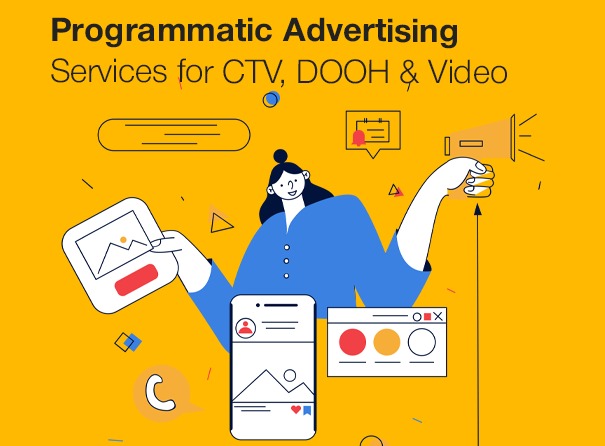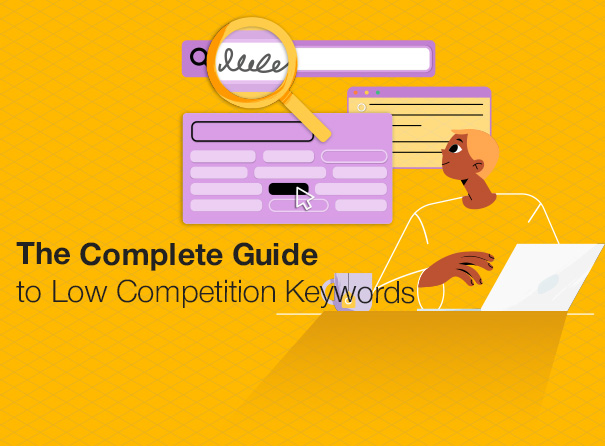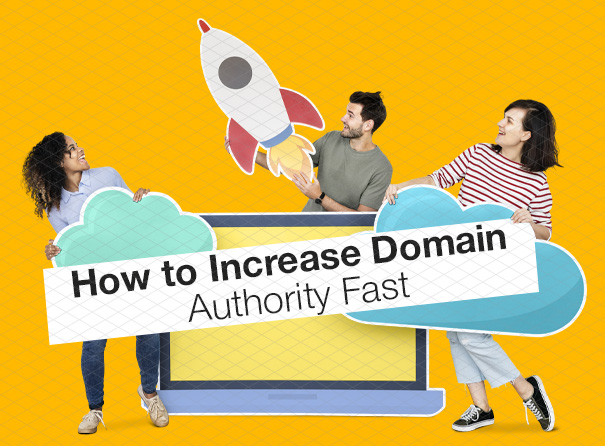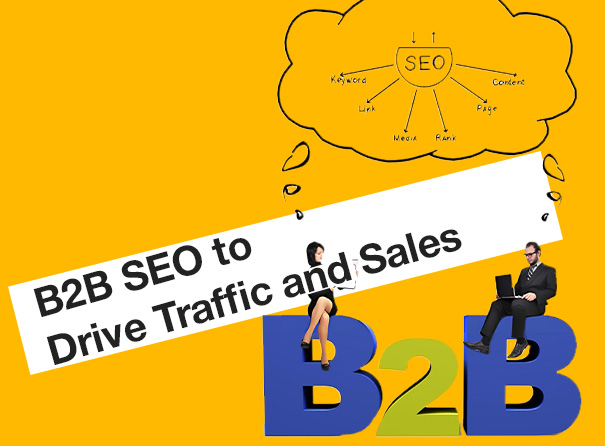TL;DR : - Programmatic advertising services streamline the ad-buying process using automation, data, and AI to deliver targeted campaigns across Connected TV (CTV), Digital Out-of-Home (DOOH), and video formats. These services allow advertisers to reach specific audiences based on behavior, location, or interests, all while optimizing performance in real time. Whether it’s full-screen ads on smart TVs, digital billboards in high-traffic areas, or video ads on mobile and social platforms, programmatic strategies offer efficiency, scalability, and precision.
In today's highly targeted digital landscape, advertisers face pressure to create measurable and effective campaigns across many platforms. Programmatic advertising services provide a strong solution by automating the media buying process with data-driven technologies. This change is significant when extending campaigns to impactful formats like Connected TV (CTV), Digital Out-of-Home (DOOH), and video.
By using programmatic platforms, marketers can simplify ad purchases, gain better audience insights, and improve return on investment (ROI). If you're interested in launching a high-performance paid campaign across various ad formats, programmatic advertising services show what it takes to implement an integrated, data-driven strategy.
Understanding Programmatic Advertising Services
Programmatic advertising automates the buying and selling of ad inventory in real-time. It uses AI, data analysis, and algorithms. Instead of negotiating deals with publishers by hand, brands can connect with their target audiences at the right time through automated bidding systems.
What makes programmatic advertising unique is its ability to:
- Serve ads based on user behavior, location, demographics, and device
- Continuously improve campaigns using real-time performance data
- Reach audiences across channels like CTV, DOOH, video, display, and mobile
These features work particularly well in high-engagement environments, such as streaming services and outdoor screens.
Programmatic CTV Advertising
CTV refers to any television content streamed through internet-connected devices like smart TVs, gaming consoles, or streaming sticks. As audiences shift away from traditional cable, CTV offers a premium video space where brands can place ads with TV-like quality.
Key Advantages:
- Precision targeting based on household data and viewer behavior
- Higher completion rates for ads compared to mobile or desktop video
- Scalability through automated bidding and real-time analytics
Examples of CTV platforms include Hulu, Roku, Amazon Fire TV, and Apple TV. With programmatic technology, advertisers can deliver 15- or 30-second ads before, during, or after video content. This ensures their messages are seen in full-screen, distraction-free environments.
Programmatic DOOH Advertising
Digital Out-of-Home (DOOH) is digital signage found in public areas such as airports, malls, transit stations, and city billboards. With programmatic DOOH, advertisers can provide content to outdoor screens based on data like weather, time of day, or audience demographics.
Why it Works:
- Real-time targeting based on location and context
- High visibility in crowded, busy areas
- Creative flexibility for motion graphics, video, and interactive content
DOOH helps increase brand visibility and can be coordinated with other ad formats like mobile or social. For example, an ad shown on a gym screen can be shared on Instagram Stories to boost brand recall.
Programmatic Video Advertising
Video is one of the most compelling formats for storytelling and engagement. Programmatic video advertising allows marketers to display video content on websites, social platforms, and mobile apps with precise targeting.
How It Works:
- Define Objectives: Awareness, lead generation, conversions, or app installs.
- Audience Targeting: Based on user data like age, interest, browsing behavior, or location.
- Real-Time Bidding (RTB): An automated auction process decides which ad to show.
- Ad Delivery: Video is delivered in-stream (pre-roll, mid-roll, post-roll) or out-stream (in-article, social feeds).
- Performance Analysis: Campaigns are improved based on KPIs like view-through rate (VTR), completion rate, or cost-per-view (CPV).
With platforms like YouTube, Facebook, and programmatic video exchanges, advertisers can reach millions while controlling who sees the ad and when. Explore the details of placement strategy in our blog on TikTok Ads vs. Instagram Ads, especially if your target audience engages with short-form video.
The Role of Native Advertising in Programmatic Strategy
A subset of display advertising, native advertising lets marketers place content-based ads that blend in with the surrounding platform. These non-intrusive formats improve user experience and engagement. For example:
- Sponsored content in newsfeeds
- Suggested articles at the end of blog posts
- In-feed ads on social platforms
Learn more about how native advertising fits into a cross-platform strategy and supports your brand’s storytelling.
Benefits of Programmatic Advertising Services
- Efficiency: Eliminates the need for manual negotiations and purchase orders.
- Scalability: Run ads across multiple platforms from a single dashboard.
- Precision: Reach specific audiences based on detailed data.
- Flexibility: Pause, update, or improve campaigns in real time.
- Transparency: Access detailed performance metrics and attribution.
Programmatic Campaign Workflow
To better understand the process, here's a simplified campaign lifecycle:
- Step 1: Define Campaign Goals: - Awareness, engagement, conversions, app installs, etc.
- Step 2: Set Target Audience: - Based on behavior, geography, interests, or device.
- Step 3: Choose Ad Format: - CTV, video, DOOH, native, or display.
- Step 4: Real-Time Bidding: - Automated auction determines optimal placement and cost.
- Step 5: Monitor & Optimize: - Refine targeting, creatives, and bidding strategy using performance data.
Trends and Market Outlook
- Video Growth: Programmatic video spending in the US is projected to reach $110.37 billion by 2025, underscoring the importance of visual content in consumer journeys.
- DOOH Expansion: As smart cities grow, DOOH is becoming a key part of omnichannel strategies.
- CTV Adoption: As more people cut the cord, CTV presents new opportunities to reach streaming audiences.
- Personalization & AI: Machine learning is improving targeting precision and creative personalization.
Final Thoughts
As digital consumption changes, marketers need to rethink how they connect with consumers across formats. Programmatic advertising services make it possible to unify campaigns across CTV, DOOH, and video. This ensures your message reaches the right audience at the right time and in the proper context.
When building an integrated campaign, diversify your formats and improve performance using data. Whether you're launching a brand-awareness campaign on streaming platforms or retargeting users through DOOH displays, programmatic advertising gives you the flexibility and scale you need.
Ready to Take Your Advertising Strategy to the Next Level?
Whether you're planning to expand through CTV, DOOH, or video campaigns, working with the right team makes a big difference. Explore our paid advertising services to see how Inqnest can help you create targeted, data-driven campaigns that deliver measurable results.
Frequently Asked Questions (FAQs):
What is programmatic advertising and how does it work?
Programmatic advertising automates the buying and placement of ads using real-time data and AI. It uses real-time bidding (RTB) to purchase ad inventory across various platforms like CTV, DOOH, and video based on specific targeting criteria such as user behavior, location, and device.
How is programmatic CTV advertising different from traditional TV ads?
Unlike traditional TV, programmatic CTV advertising offers data-driven targeting and real-time optimization. Advertisers can deliver ads to specific households based on viewer behavior and demographics, ensuring higher engagement and better ROI.
What are the advantages of using DOOH in a programmatic campaign?
Programmatic DOOH lets you deliver timely, location-based content to digital billboards and signage. It provides high visibility in public areas, allows creative flexibility, and integrates well with mobile and social media for cross-channel engagement.
Is programmatic video advertising suitable for small businesses?
Yes, programmatic video advertising is scalable and flexible, making it accessible to businesses of all sizes. Small businesses can target specific demographics, control budgets, and adjust campaigns in real-time to improve performance.
How does Inqnest help brands with programmatic advertising?
Inqnest offers end-to-end programmatic advertising services, from strategy development to execution across CTV, DOOH, and video. Their team helps brands leverage data-driven targeting, optimize performance, and deliver measurable outcomes across high-impact formats.











.png)












.png)
.png)
.png)

.png)
